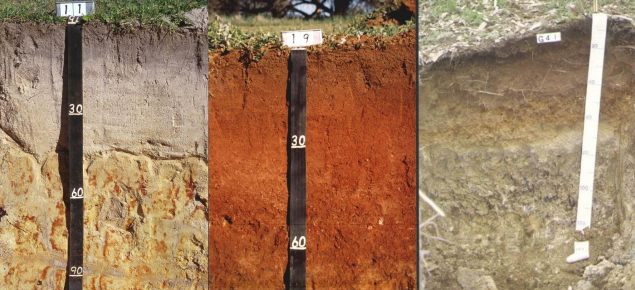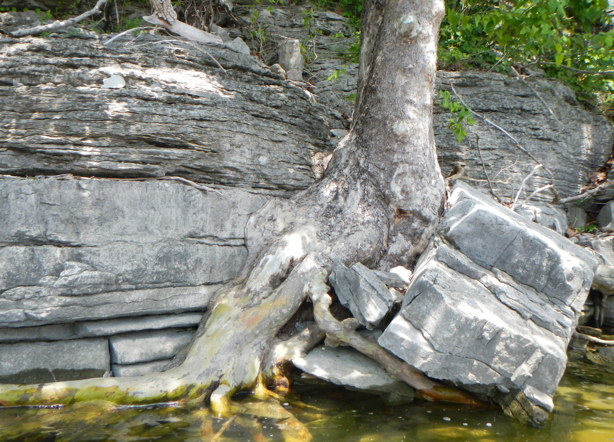Five Things About Me
 I’m originally from Havelock, North Carolina. However, I now call the beautiful city of Lexington my home. I’m a proud graduate from the University of Kentucky in May 2011. I received a Bachelor of Science in Political Science and completed three minors in Communication, History, and Geography. During my time as an undergrad I established myself as a UK Tour Guide and a Summer Advising Wildcat Assistant. These positions helped me realize my passion for this amazing “See Blue” community eventually guiding me toward being a UK Recruiter for the Chicagoland area. After working as a UK Recruiter for two and half years I transitioned into my current role as A&S Recruiter and Retention Coordinator.
I’m originally from Havelock, North Carolina. However, I now call the beautiful city of Lexington my home. I’m a proud graduate from the University of Kentucky in May 2011. I received a Bachelor of Science in Political Science and completed three minors in Communication, History, and Geography. During my time as an undergrad I established myself as a UK Tour Guide and a Summer Advising Wildcat Assistant. These positions helped me realize my passion for this amazing “See Blue” community eventually guiding me toward being a UK Recruiter for the Chicagoland area. After working as a UK Recruiter for two and half years I transitioned into my current role as A&S Recruiter and Retention Coordinator.
1. What do you do in your spare time?
I really enjoy ‘adventure running’ (basically I register for all of races that involve mud, obstacles, electricity, zombies, etc). Last year alone I ran two half marathons and seven adventure runs.
If I’m not running you most likely find me playing volleyball. I typically play 4-5 times a week at the Bluegrass Volleyball Club.




 Originally from the Cincinnati area, I moved to Lexington where I completed a BA in Hispanic Studies. After undergrad I returned to Cincinnati where I worked in global marketing for Procter & Gamble, but decided to complete my MA in Diplomacy and International Commerce. During my graduate program I worked in the research unit for sub-Saharan African Studies at the Foreign Service Institute in D.C. and after at the Center for Poverty Research at UK prior to my time at A&S.
Originally from the Cincinnati area, I moved to Lexington where I completed a BA in Hispanic Studies. After undergrad I returned to Cincinnati where I worked in global marketing for Procter & Gamble, but decided to complete my MA in Diplomacy and International Commerce. During my graduate program I worked in the research unit for sub-Saharan African Studies at the Foreign Service Institute in D.C. and after at the Center for Poverty Research at UK prior to my time at A&S.